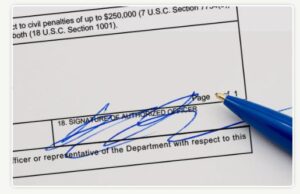Exports Certification
Why do countries create and maintain a certification system for export? Countries build and maintain export certification systems to expedite trade and to reduce risk of exporting plant pests and diseases. Without a robust certification system and a trustworthy phytosanitary certificate, exporting goods to foreign markets is often a slow or even impossible endeavor. Exports often fail without an established certification system because every country has complex and constantly changing circumstances. Not many individual exporters have the resources or expertise to navigate such complexity or ascertain all the requirements they need to fulfill.
The complexity of the phytosanitary certification process depends on the complexity of the importing country’s requirements. In some cases, the only requirement is inspection at the port of departure. In other cases, pre-harvest and post-harvest actions throughout the entire production process must be verified. The phytosanitary certificate ensures that all phytosanitary measures required by the importing country, no matter how simple or how complex, have been carried out and have been verified by the NPPO or its authorized entities. According to ISPM 7, the IPPC requires that the NPPO, or its authorized non-governmental personnel, have the sole responsibility and authority to issue phytosanitary certificates. This reduces the possibility of mistakes and/or fraud.
ISPM 12 outlines a simple four-step process to create and issue a phytosanitary certificate. Please review the steps provided.
The Future of Phytosanitary Certification
Even in this age of mobile technology, most phytosanitary certificates are still pen and paper copies. This can be slow and sluggish, and efforts are being made to innovate to turn certification into a paperless, electronic process. There is broad agreement within the international community that a paperless system would expedite trade and lower certification costs to customers. However, the process of developing a single electronic system that will work for NPPOs in all countries around the world will be a lengthy process.

Step 1: review application for certification:
In most countries, exporters must apply to the NPPO for a phytosanitary certificate. The first step is to review the exporter’s application. The review begins by determining that the commodity is indeed a plant or plant product and that the application has supplied all the necessary information.

Step 2: Determine the import requirements
Import requirements vary by country, commodity, and plant part. This amounts to innumerable variations that change on a regular basis. Therefore, to determine eligibility for export, certifying officials must research the requirements for each country that they are attempting to export to. This can be accomplished by searching the published requirements or through official communication with the importing country.

Step 3: Verify the shipment meets import requirements
Once the importing country’s phytosanitary requirements are known, the certifying official must verify that the shipment meets all the requirements. Requirements are verified through inspection of both supporting documentation and the commodity itself. We reviewed the key points of inspection in a previous topic. Inspections and phytosanitary certification overlap in many areas.

Step 4: Complete the appropriate certificate
If the export commodity meets all the importing country’s requirements, then it is time to complete the official phytosanitary certificate.

